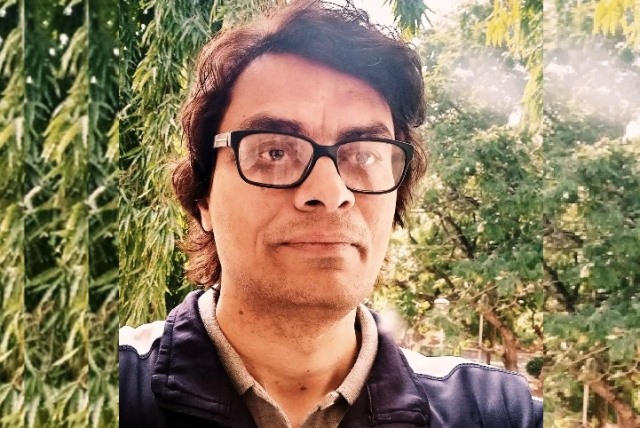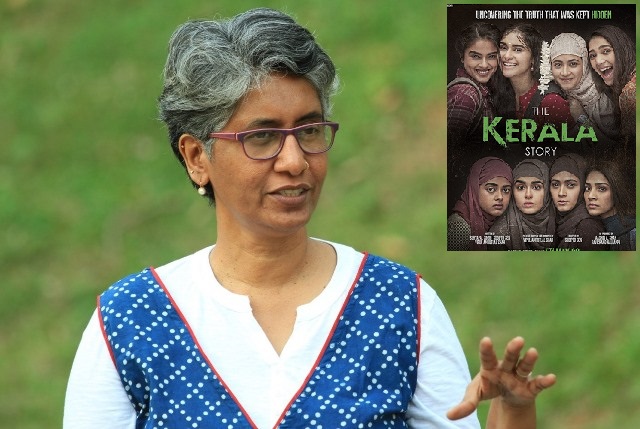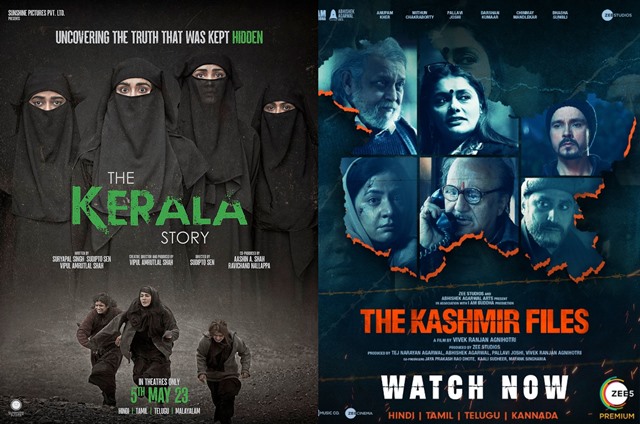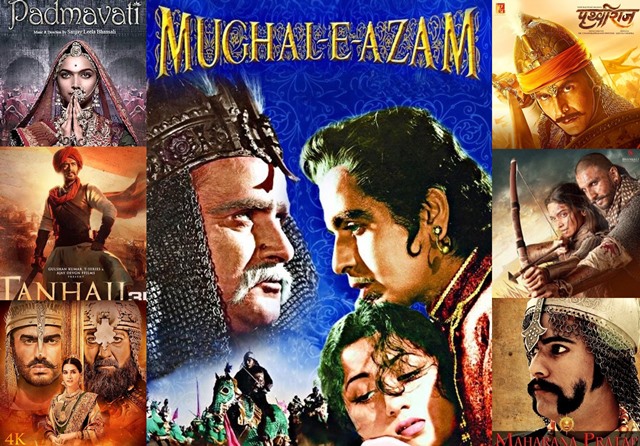Kavindraa Sinha, a screenplay writer, editor, and an ad-film director in Mumbai, delves into the history of propaganda movies that began with World War 1 to serve the arms industry. His views:
Being a cinema student and movie professional, I believe that ‘propagandist cinema’ always has well-defined political motives or some hidden agenda that serve the stakeholders who are making such movies, because movies affect the audience emotionally. The audience is potentially vulnerable and people may tend to believe in what they watch in the movies.
In terms of decoding the genre of propaganda cinema, since the beginning of the cinema journey till today, this genre has not been very popular among the filmmakers’ tribe across the world. And, yet, we see propaganda movies being made in all era and times.
In the past, filmmakers used this genre as a cinematic tool for the war industry. This can be very clearly observed during World War 1 and 2. However, its brutal use could first be seen during the Nazi regime of Adolf Hitler in Germany, especially during the late1920s, and the beginning of the 1940s.
Through these films, the filmmakers build a particular psyche, so as to comprehend the reality of the Nazi party in a glorified, superlative way, while the portrayal of Jews is done in an extremely dehumanizing manner. Hence, similar movies were made revolving around the themes of racism, anti-Semitism, while glorifying war and militarism. Surprisingly, some of these filmmakers also made mainstream, entertainment movies that could divert the audience’s attention from the ongoing world war.
ALSO READ: Kashmir To Kerala – The Propaganda Potpourri
You can watch many documentaries or feature films made in Germany from 1933 to 1945 which reflect this genre. Some of these movies are: Kolberg, Jud Suss, and Triumph of the Will. All these movies had a clear-cut political agenda, and this could be easily derived.
Post-1945, and during the Cold War, we have seen propaganda movies in American cinema that portrayed communism in the Soviet Union and East Europe in a very bad light, showing it as dangerous to society. You can watch such movies like Guilty of Treason, The Red Danube, The Whip Hand, among others.
Over time, the political agenda in this genre shifted to other subjects with the prime objective to create some kind of unknown fear among the people, and place the entire humanity in a state of insecurity about ‘tomorrow’. Themes of such movies are predictably — aliens, economy collapse, pandemics, etc. On the contrary, such movies are sometimes very popular and do well in the box-office. Filmmakers, who make such movies, become rich.
Hence, in simplistic terms, the propaganda genre is a cinematic tool which has the subtle purpose to exaggerate lies in such a way that all they depict looks believable and real, and, it subliminally works on the psyche of the audience so as to form or build an opinion. This is the entire objective of the filmmakers who support certain political or hidden agenda of the stakeholders, and, who want their ‘lies’ to be legitimized and endorsed as the total and final truth.
The propaganda genre used by filmmakers in the movies has a longer effect on the audience’s minds. Our audience may appear to be naive and emotional, but they are also super-smart and intelligent. In the age of social media and AI, the audience, instantly, verifies the facts shown in the movies.
From the aesthetic perspective of cinema, there is nothing substantial that is being contributed to artistic expression through this form of cinematic genre. The story-telling is based on false facts and distortion of the truth, making such films extremely shallow, neither falling in the realm of fiction or fantasy, nor reflecting any kind of real or true cinema. Since cinema is an art form, thereby, in the propaganda genre, you have lots of visual ingredients that you can analyze in the aesthetic purview. You may even enjoy such cinema, visually, sometimes.
The narrator also conducts cinematic workshops and teaches film appreciation
As told to Amit Sengupta




